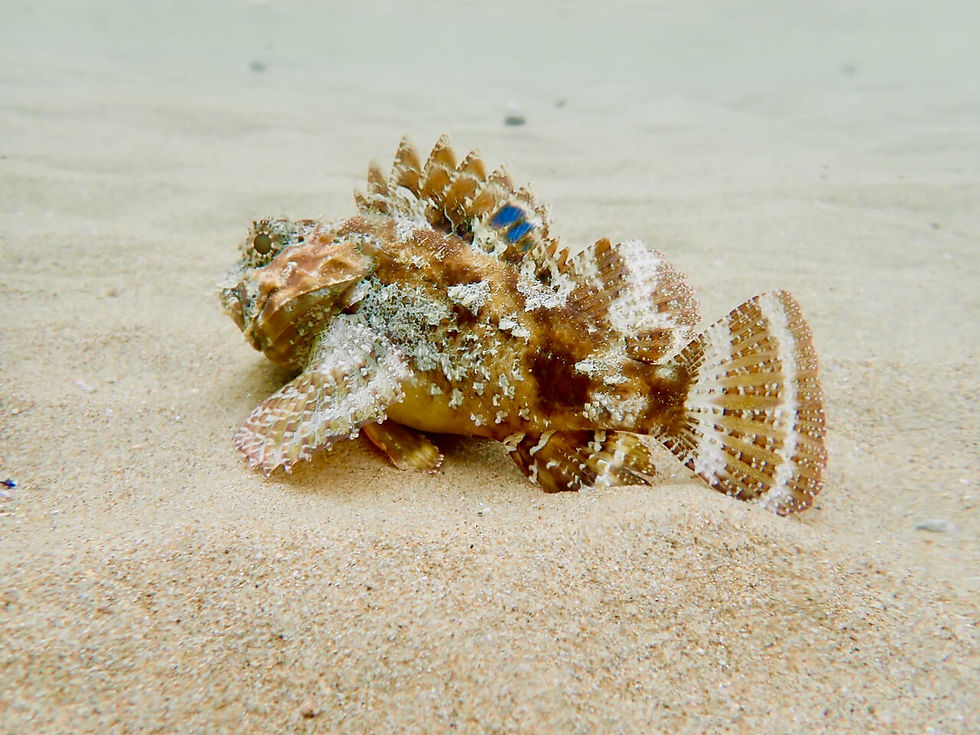1770 and the Blue Tiger
- Janina Speck

- Feb 25, 2021
- 2 min read
Updated: Nov 5, 2021
Is there anything more magical than standing on a beach in subtropical Queensland, being surrounded by thousands and thousands of pretty butterflies?!

The migrating blue tiger butterfly
Joseph Banks described a mass of blue tiger butterflies in his journal on 29th May 1770.
The local indigenous group , the Gooreng Gooreng, have a dance dedicated to "Euleilah" - the butterfly. A group of dancers usually performs the dance at the 1770 Festival.
The blue tigers are one of the longest living butterfly species, living up to six months. That's quite a lifespan, considering that some other species only live up to two weeks.
Their main larvae host plant is a plant called the Corky Milk Vine. When the larvae eat Corky Milk Vine, the poisonous chemicals get passed on to the pupae and adult butterflies. These toxins then work to protect adult Blue Tigers from being eaten by birds, as birds have learnt that they get sick from ingesting Blue Tigers. How incredible!!
Blue Tiger Butterflies can sometimes migrate from North Queensland to northern NSW, up to 2000km, and have been reported to migrate north at the end of March and April.

The 2020 'event’
I have started to notice a lot more butterflies fluttering around these past few days. They are coming! But it reminded me of last year... What a year for butterflies that was. There were clouds and clouds of them for weeks on end.
Some years we see huge numbers, whilst in other years we see less. It all has to do with rainfall, so every year can be different.
Last year (2020), was one of the biggest I have ever seen here in 1770 (and all up and down the coast).
Of course we were all in lockdown due to Covid, but I still went out paddling by myself almost every day. Some of those paddles were just incredible and I would simply sit on the water in awe, with my mouth open (possibly swallowing the odd butterfly) and eyes bulging at the sheer amount of butterflies in the skies.
Here is a video I shot during that time. It actually made to Japanese national tv!


If you want to watch the whole episode that was on japanese tv go here and fast forward to 4:58 min.
Where to see them around Agnes Water/1770
When they are in full swing, you can literally see them EVERYWHERE. On the beach, in the carpark, whilst you are out driving and everywhere in between.
The butterflies do like to rest in shady gullies on twigs and leaves. There is one particular spot that is great to see them on the “Butterfly walk” . There is a gully about halfway along the track and it's a spot they seem to love.
Another good place to see and take photos of them is the Paperbark Forest walk .
This one is a short but very pretty walk.
But obviously one of the best places to be is on the water - in a kayak :D


